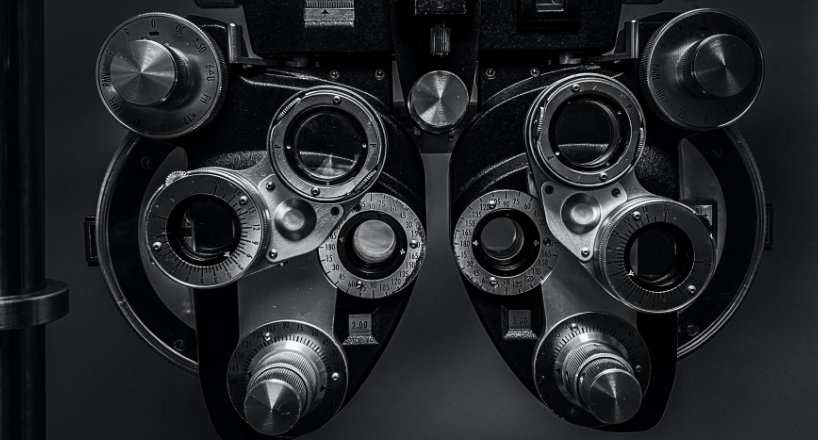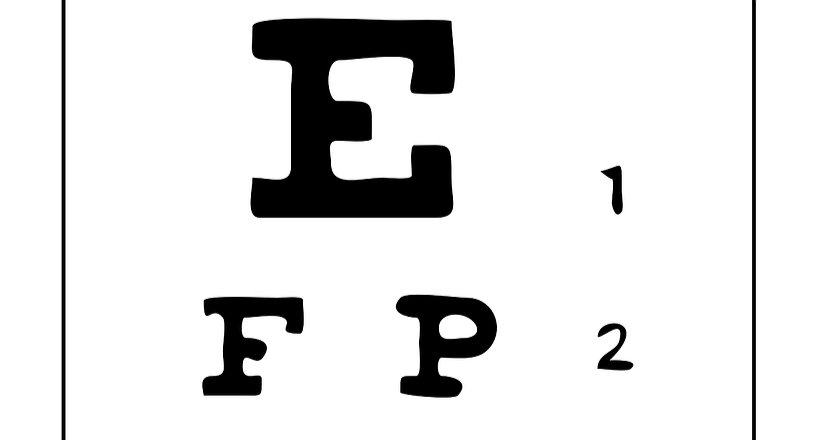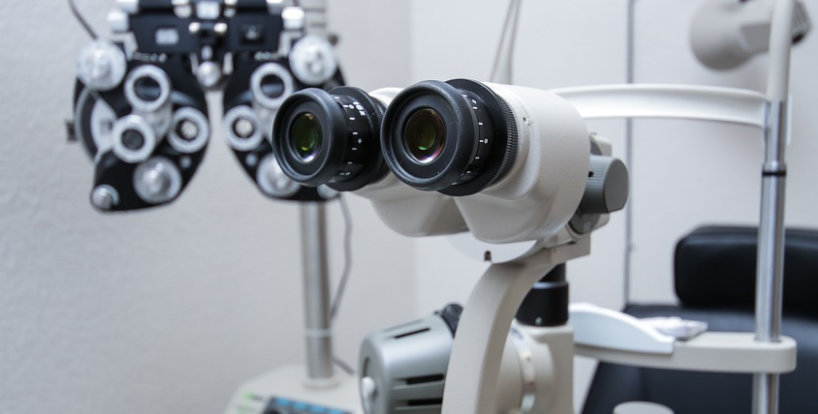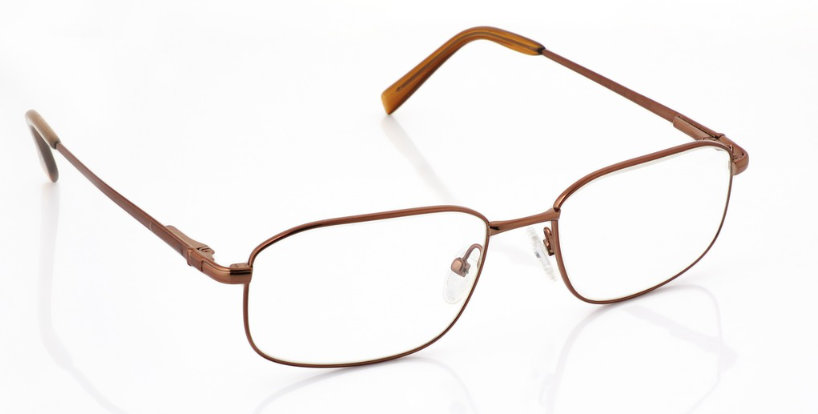A comprehensive eye exam is a thorough evaluation of your visual health, performed by an eye doctor. This exam typically takes an hour or more and includes a series of tests to assess your vision, eye health, and eye function. The goal of a comprehensive eye exam is to detect any potential problems with your vision or eye health, as well as to assess your need for corrective lenses such as glasses or contact lenses. In this blog post, we will discuss what a comprehensive eye exam entails and why it is important for maintaining good eye health.
Patient Background and History
One of the most vital parts in a comprehensive eye exam is your client health history. This information will inform your doctor to any conditions that ought to be kept track of carefully, such as an allergy to any medications, present or household history of systemic or eye pathology or environmental conditions that might be affecting your vision or eye health. This will likewise help your physician to figure out any preventative eye care measures that pertain to keep your eyes healthy for many years to come.
Visual Acuity
Visual skill is a measurement of your vision using an eye chart, the Snellen Eye Chart. In this test the patient is seated at a basic distance and is asked to read letters or symbols of numerous sizes, which get smaller sized as you move down the chart. The results are the familiar ratio of 20/20, 20/40 etc.

which is a contrast of your vision compared to the typical person with excellent vision, which is generally 20/20. For instance, a patient that has 20/40 vision, can only see at 20 feet what the typical person can see from a distance of 40 feet. This test is an initial test of how clearly you are seeing in each eye but it does not offer you a prescription for corrective lenses.
Refraction
Those who do not have 20/20 vision have what is described in most cases as a “Refractive Error.” The patient may have nearsightedness, farsightedness, astigmatism or other eye conditions that prevent the client from seeing 20/20. A refraction will tell the medical professional which prescription lenses will fix your eyesight to attain 20/20 vision or whichever amount your vision is correctable to.
A refraction might include a couple of steps.
Retinoscopy
Retinoscopy is a test that allows the doctor to obtain an approximate prescription for spectacles.

In this test the doctor uses a hand-held instrument called a retinoscope that shines a light into the client’s eye. The medical professional then evaluates the reflex of the light from the client’s eye to determine the patient’s prescription for glasses.
An instrument called a phoropter is something most clients connect with an eye exam. This space-age appearing instrument, placed in front of the client’s face during the eye exam, gives the physician the capability to determine the patient’s focusing capability as well as their eye alignment. The phoropter also identifies which, out of the hundreds and hundreds of possible eyeglass prescriptions, will assist the patient see as clear as possible. Using the phoropter, the medical professional will ask the patient which series of lenses makes their vision the clearest.
While retinoscopy is rather reliable for kids and nonverbal clients, there are now a variety of digital or automatic instruments offered today to help doctors accurately determine a patient’s spectacles prescription.

Autorefractors and Aberrometers
Autorefractors and aberrometers are electronic devices that are able to measure your refractive mistake to identify your prescription for glasses or contact lenses. These instruments are normally used in addition to testing explained earlier:
- An autorefractor resembles retinoscopy, which electronically analyses the light reflex from the patient’s eye.
- An aberrometer determines distortions or aberrations in the cornea and lens of the eye that interfere with appropriate focus of light on the retina. Utilizing wavefront innovation, the instrument measures the rays of light as they go through your eye to try to find flaws which might show a refractive error.
Eye Focusing and Eye Teaming Tests.
During the comprehensive eye exam, your eye doctor will also want to test how your eyes work separately and together from a mechanical perspective. In order to see clearly and comfortably, your eyes need to collaborate as a team.

Eye Health.
The last and essential aspect of a comprehensive eye exam is a check of your total eye health. These tests (below) are done to identify any eye conditions or diseases, both inside the eye along with the external parts of the eye, that could affect your vision and basic health.
Slit Lamp Test.
The slit light or biomicroscope is an instrument that permits the physician to take a look at the internal and external parts of the eye in information, such as the conjunctiva, iris, lens, cornea, retina and the optic nerve. The patient rests their forehead and chin on a headrest to support the head, while the physician checks out the eye with the slit lamp microscope, which is amplified with a high-intensity light. A slit lamp test allows the physician to evaluate the eyes for signs of normal aging and eye pathology, such as conjunctivitis, cataracts, macular degeneration or retinal detachment.
Early diagnosis and treatment of eye illness are important for avoiding vision loss.
Tonometry.
Tonometry is a test to spot glaucoma by measuring the pressure inside your eye or IOP (intraocular pressure). Glaucoma can cause vision loss and even blindness if the IOP in the eye is too high and damages the optic nerve.
The applanation tonometer, typically attached to a slit lamp, is among the most common instruments utilized to measure the pressure in the eye. Prior to doing this test, the medical professional will numb the client’s eyes utilizing an anesthetic, before carefully applanating (putting pressure on) the patient’s cornea to measure the pressure in the eye.
Pupil Dilation.
During your comprehensive eye exam, your physician might decide to do a dilated eye test. In this test, your doctor will impart dilating drops in each eye, which would enlarge your pupils to give the medical professional a better view of certain parts of the back of the eye.
Dilation is done at the discretion of the doctor, with some clients dilated every year and others at specified periods; the frequency of dilation will vary for each patient.
Typically the drops take around 20 to 30 minutes to work and may last as much as a number of hours following the examination; each patient is different. Given that more light enters your eyes when your students are dilated, you will be more conscious bright light, specifically sunshine. Although your physician might supply disposable sunglasses, you may want to bring a set of sunglasses to wear after the examination to make it more comfortable until the drops wear off.
A comprehensive eye exam is a vital part of your total basic health care and should be set up on a regular basis. The findings from your comprehensive eye exam can give your medical professional crucial details about your total health, particularly diabetes and high blood pressure.